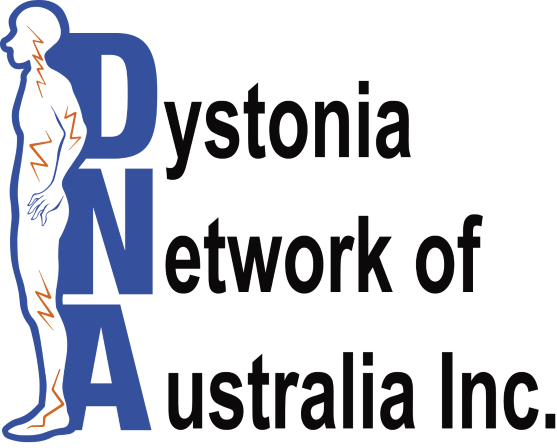
Brazilian pianist and conductor Joao Carlos Martins wrote to DNA to tell us about his journey with dystonia and his concert at Carnegie Hall in November 2022. We thought his story was so interesting and inspiring that we asked him if we could publish it here. He agreed. This is his story.
Keeping the Music Alive – My story as a dystonic pianist
Having to abandon the dream of making music is the most terrifying prospect a musician can face. And the most tragic.
It nearly happened to me several times over the course of my 70-year career. I’ve endured 25 surgeries, dozens of treatments, contradictory diagnoses and two life-altering injuries. But none of the obstacles that crossed my path could force me to let go of that vital dream.
When I was only 18 — in 1958, just six years after making my professional debut as apianist in my native Brazil — I began experiencing involuntary tremors in my right hand.
It took until 1982 for the chronic condition that affected me to be diagnosed as focal dystonia. This complex movement disorder wreaks havoc on the lives of at least 1% of professional musicians, according to the neurologist Dr. Alexandre Kaup.
For years, no one could explain what was going on. When my symptoms first started, some doctors even suggested that perhaps I wasn’t comfortable playing in public — that it was a psychological problem.
The reality was exactly the opposite. I loved playing live recitals and concerts as much as I loved recording in the studio. My respect for the audience was uncompromising.
Even if it meant playing with metal braces on my fingers, which I also tried. The problem was agonizingly physical. Close to the end of one concert, I noticed drops of blood speckling the piano keys. But I fought through the pain until the last chord.
Looking back, I don’t know how I managed to play more than 1,000 recitals and concerts with major orchestras across the United States, Europe, Asia and Latin America.
The pain in my hands at times grew nearly unbearable. But the determination to communicate with my audience inspired me to keep on playing.
What also helped was learning how to trick my brain. After all, that’s where the neurological misfiring that causes dystonia originates. For many years, I wasn’t bothered by involuntary movements until after the first two or three hours following a good night of sleep.
So no matter where I traveled, I discovered how to use this to my advantage and arranged my schedule to allow me to sleep until 15 minutes before each concert.
This trick gave me the feeling that I was playing at 7 in the morning, just after waking up. My right hand would become spastic after the concert.
But these coping mechanisms didn’t always work. I stubbornly insisted on matching emotional expression with perfectionism of technique. That left me satisfied with only 70% of my performances. I didn’t like 15% of them; the rest I cancelled.
At times I descended into depression. I even tried to escape music altogether. This happened over two extended periods, each lasting seven years. The goal was to be able to focus on my mental health.
“Living with musician’s dystonia,” as Dr. Kaup observes, involves “a mix of frustration, pain, shame and struggle” that all too often results in a foreshortened career.
But this disease could not destroy a passion that is as essential to me as air or food. Much as I found ways to trick my brain, I adapted to the changing circumstances that confronted me.
One of the many surgeries I underwent rendered my right hand entirely useless in performance. So I concentrated on repertoire for the left hand alone — until I lost usage of that hand too, about 20 years ago.
But I couldn’t give up. So how do you win a battle after it seems you’ve lost the war? I found a way: by turning my attention to conducting, building up my own orchestra and encouraging the young generation.
It is in that spirit that I make my return to Carnegie Hall, in the city that was my home for many years. I first played there 60 years ago. And it was at Carnegie that I gave one of my most memorable performances: the First Book of Bach’s Well-Tempered Clavier, in a comeback concert in 1978, following the first of the long interruptions in my career.
I’m sharing my story with the hope that it can inspire others struggling with dystonia and similar challenges. I myself found inspiration in my friendship with the late Leon Fleisher — in my opinion the greatest American pianist there has been. His bravery in coping with focal dystonia has become legendary.
We met as far back as 1958. Over the years, we tried to help each other by exchanging ideas on practice techniques and fingering strategies to combat the problem.
Along with its physical toll, dystonia can affect mental health. Artists in particular are susceptible because of their perfectionism and the anxiety that comes with a life devoted to professional performance.
The work being done internationally by experts like Dr. Dévora Kestel, Director of Mental Health and Substance Abuse at the World Health Organization, offers a beacon of hope on improving our understanding of this aspect of focal dystonia.
In the long term, I am convinced that doctors and scientists will find more lasting solutions to focal dystonia. Even at 82, I remain young in spirit: my own career and struggles have taught me to expect the unexpected.
For example I could never have predicted that Ubiratan Bizarro Costa, a brilliant industrial designer, would invent a pair of bionic gloves for me. Now I can play some pieces again after so many years thanks to this palliative — for me, miraculous — solution.
Even when my hands were completely gone, music has always remained in my heart. And I will continue to keep it alive as long as I can.




